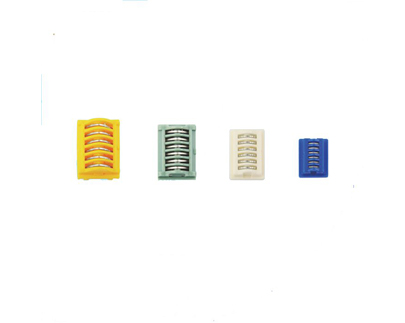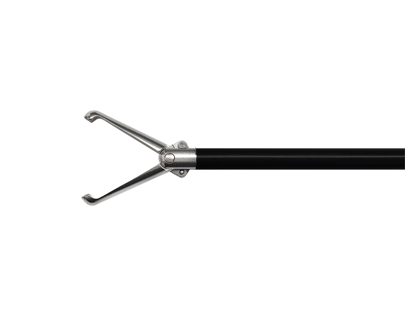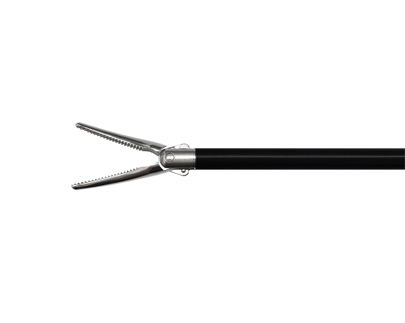Minimally Invasive: Lap Dissectors' Role in Surgical Evolution
Evolution of Surgical Techniques
The field of surgery has undergone a remarkable transformation over the years, with a significant shift towards minimally invasive procedures. This evolution has been driven by the pursuit of enhancing patient outcomes, reducing recovery times, and minimizing the impact of surgery on the body. At the forefront of this surgical revolution are laparoscopic techniques, with lap dissectors playing a pivotal role in shaping the landscape of modern surgery.
Lap Dissectors: Precision at a Microscopic Scale
Laparoscopic surgery, also known as minimally invasive surgery, involves performing procedures through small incisions using specialized tools. Lap dissectors, in particular, are instrumental in this technique, allowing surgeons to navigate with precision at a microscopic scale. These instruments are designed to meticulously separate tissues, grasp delicate structures, and ensure a bloodless field, all while minimizing trauma to surrounding tissues.
Advantages of Lap Dissectors
The use of lap dissectors offers several advantages over traditional open surgery. Firstly, the smaller incisions result in reduced postoperative pain and shorter recovery times. Patients often experience less scarring and are able to return to their daily activities sooner than those undergoing traditional surgery. Additionally, the risk of infection is significantly diminished due to the smaller wounds, leading to improved overall patient satisfaction.
Moreover, lap dissectors provide surgeons with enhanced visualization through high-definition cameras, allowing for a detailed view of the surgical site. This improved visibility enables surgeons to perform intricate procedures with greater accuracy, ultimately contributing to better surgical outcomes. As a result, the adoption of lap dissectors has become widespread across various surgical disciplines, including gynecology, urology, and gastrointestinal surgery.
Precision Medicine in the Operating Room
The evolution of laparoscopic techniques, facilitated by lap dissectors, has ushered in an era of precision medicine in the operating room. Surgeons can now tailor procedures to individual patient anatomy with unparalleled accuracy. This customization minimizes unnecessary tissue damage, reduces complications, and optimizes patient recovery.
Challenges and Innovations
While lap dissectors have revolutionized surgical practices, challenges persist. The learning curve for mastering these instruments can be steep, requiring surgeons to acquire advanced skills in hand-eye coordination and spatial awareness. However, ongoing innovations in surgical education, virtual reality simulations, and robotic-assisted systems aim to streamline the training process, ensuring that surgeons can harness the full potential of lap dissectors.
In addition, ongoing research focuses on refining lap dissection techniques and developing more advanced instruments. From articulating tips for increased maneuverability to integrating smart technologies that provide real-time feedback, these innovations aim to further enhance the precision and safety of minimally invasive procedures.
The role of lap dissectors in the evolution of surgical techniques cannot be overstated. From their humble beginnings to becoming indispensable tools in the operating room, these instruments have transformed the landscape of surgery. As technology continues to advance, the synergy between lap dissectors and other cutting-edge tools promises to push the boundaries of what is achievable in minimally invasive surgery. As a result, patients can look forward to safer, more precise, and less invasive procedures, marking a new era in the ongoing journey of surgical evolution.



